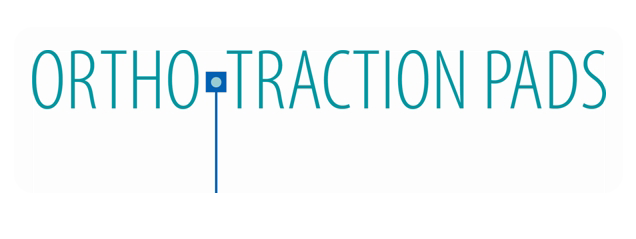 FAQ About Nikodem Springs™
What are they?
Nikodem Springs™
are flat, smooth, serpentine-shape springs used in orthodontics for ligation of
impacted canines. They can be used instead of a coil in many other
applications, and can be used during aligner therapy because they are flat and
can be bonded directly to the teeth.
They were invented and patented
by Dr. Steve Nikodem, an orthodontist in St. Louis.
What are they made of?
They’re made of superelastic nickel titanium wire (NITI), .010” gauge.
They are made at our workshop in Connecticut.
How do they work?
When you pull the
spring open and secure it, it will gradually return to its original shape. It
exerts a continuous, gentle force which will move a tooth into the desired
position over time. The springs have a force of around 150gm when you pull them
to 1.5 or 2x their length. You only need to pull the spring open a small amount
to achieve appropriate force for ligation of an impacted canine.
There is a double helix at each end of the spring, and a tail that you
can use to pick up and place the spring.
The spring will move easily through soft tissue. If needed, you can
gently pull it through the tissue without causing harm.
What are the advantages of using a spring instead of a chain?
First of all, a
spring is activated at the time of surgery, which gives accelerated tooth
movement. Once activated, it doesn’t need further adjustments whereas a chain
needs to be tightened periodically to keep force on the tooth. The orthodontist
saves chair time, the patient can go longer between appointments, and because
the force is continuous, the results will usually be faster than with a chain.
How do I know what size spring to use?
Measure the distance you want the tooth to move, from where it will be
anchored to where it will be tied off. You can do this “hands-on” or by
measuring it on an x-ray. Choose a size shorter than this length. For example,
If you want to move the tooth about 11mm you can use a 9mm or 10mm spring.
If your spring
that is a little bit too long, you can simply wrap it around the archwire once
before tying it off. The main thing is to pull the spring open somewhat before
tying it off. If you only pull it a little bit open it will still work just
fine. Another way to deal with a spring that is a little too long is to loop a
ligature wire
around the middle
of the spring and pull the wire; the spring will twist itself around the wire
and “trap” it. Then use the wire to tie off the spring.
If reactivation
is required, simply move the exposed helix to a new location on the archwire or
to another bracket, possibly wrapping it once around the archwire to take up
any extra length first.
What are the most popular sizes?
For impacted
canines, sizes 10mm and 12.5mm are popular. 5mm springs are used to close
diastemas. The 18mm size is used for very deeply impacted teeth. Orthodontists
sometimes cut an 18mm spring into smaller pieces to use for other applications.
Many doctors begin with a Starter
Pack, which has all 6 sizes of springs. Oral surgeons usually buy mixed
10-packs with the middle sizes for impactions, pre-attached to pads - these are
ready-to-use for expose and bond surgeries. Orthodontists usually have one or two
favorite sizes, and most of the time they buy them without pads. We can help
you decide what is best for you.
You can always return or
exchange any of our items, at any time.
Can I buy the springs already attached to pads?
If you are an
oral surgeon, we know that you will want the spring attached to a pad. We use
our best- selling round mesh pad with an eyelet profile. The mesh is good for
bonding because your adhesive flows into the mesh, and your light hits more of
the adhesive. The eyelet loop makes it easy to pick up and manage.
Can I attach a spring to my own pad?
There is a
“tail” on each end of the spring which is specifically there to serve as a
handle. The round loop on each end of the spring is actually a double helix
which works like the loop on a keychain. You can use any pad with an eyelet or
loop on it (you can’t thread the spring onto a button without everything flying
all over the place). Stick the tail through the eyelet on the pad, then keep
moving the pad around the double helix until it reaches the middle of the
helix. When you are done, simply cut off the tail on that end of the spring.
How do I get started?
If you are an orthodontist referring your patient to an oral surgeon for an expose and bond procedure, ask the oral surgeon to use a spring
instead of a chain, tell approximately how many mm you want the tooth to move, giving some guidance on spring size,
and specify where to tie off the spring and activate it. You can supply the
spring yourself to the oral surgeon (remember that he or she will want it
pre-attached to a pad) or have the oral surgeon buy it from us, whatever you
normally do with chain attachments.
If you are an oral surgeon,
you’ll want to coordinate with the orthodontist a little more than with a chain
because you will be activating the spring. You’ll want to know where to tie it off.
We can help you decide which spring sizes will work for your procedure.
|